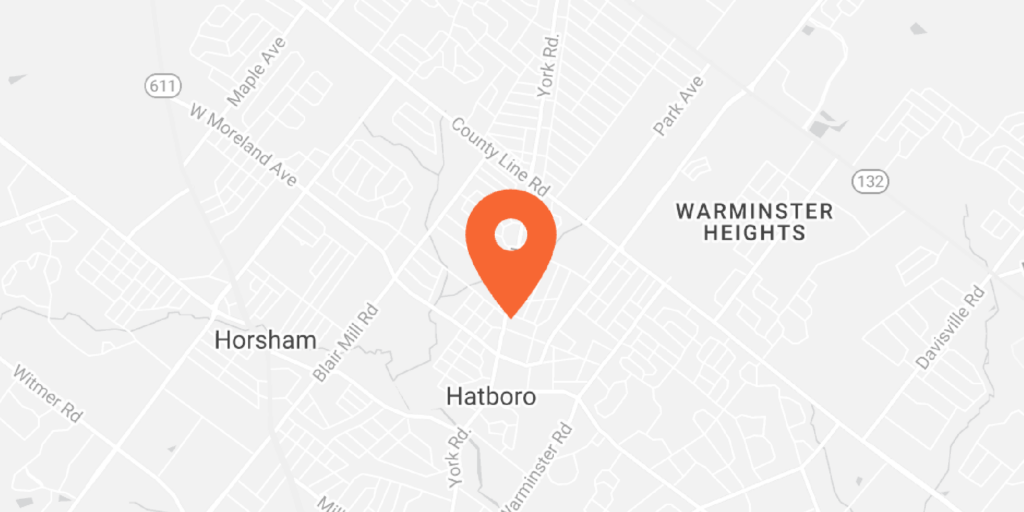There are many benefits to having straight teeth. People with straight teeth are generally perceived as healthier, more attractive, and more successful. But aside from cosmetic advantages, well-aligned teeth prevent the build-up of plaque and bacteria, reducing your chances of developing serious gum diseases like gingivitis.
If you have been wanting straighter teeth, you might be thinking, “That sounds great, but I don’t really want to wear braces.” Fortunately, there may be another option. If you only need minor corrections, you could be a good candidate for treatment with Invisalign braces instead.
Instead of affixing metal braces directly to your teeth, the Invisalign system uses clear plastic trays that you wear for most of the day. These aligners are practically invisible, which means you can wear them all day without being self-conscious. And if need be, you can remove them for short periods of time.
If you are considering getting Invisalign braces in Center City, Orthodontics Limited can help you get started. We are proud to be the only Invisalign Diamond Plus provider in the Philadelphia area.
To help you determine whether Invisalign is a good fit for you, we have outlined 14 questions about Invisalign Philadelphia you may not know to ask:
1. What is the process like?
Before beginning any orthodontic treatment, you will need to come in for an initial consult. If you are determined to be a good candidate for Invisalign, you will come in again for x-rays and impressions of your teeth. After that, a progressive series of custom-fit aligners will be made for you over about 4 to 6 weeks. At your next appointment you will try them on to ensure a proper fit. You will wear each set for about a month at a time before coming back in for your next set.
2. Does it hurt?
Adjusting to the new aligners can cause some soreness and feelings of pressure for a few days. After all, your teeth are moving, so you should expect to feel something. The plastic material is very smooth and unlikely to cause any rubbing or irritation.
Most patients say that Invisalign is more comfortable than traditional metal braces, and any pain can usually be helped by taking Ibuprofen. If you’ve ever had your cheek snagged by a metal bracket, you can certainly see the appeal of Invisalign!
3. Is Invisalign right for me?
The best way to know if you’re a good candidate for Invisalign is to be evaluated by a licensed orthodontist. If you have minor corrective issues, such as crowded teeth or small gaps, Invisalign could be just the thing you need. If your alignment issues are more serious, Invisalign may not be the right approach. More significant teeth movement often requires traditional braces or potentially surgery.
You may have heard that Invisalign was only for adults, but that isn’t the case any longer. The Invisalign Teen system was developed to address the corrective needs of adolescents whose teeth and jaws might still be growing.
Teenagers tend to prefer Invisalign to traditional braces because they are less noticeable and more comfortable. However, teens may be more likely to lose the trays or fail to clean them sufficiently. Be sure to talk to your teen about the responsibility of Invisalign before committing.
4. Will it affect my speech?
It may take some time to adjust your speech once you get the new aligners. They do add an extra layer to your teeth that your tongue will have to accommodate. That should only last a day or two before you are back to normal.
If you already experience speech impediments, getting your teeth straightened may actually improve your speech in the long run!
5. How long does treatment last?
The average treatment with Invisalign lasts about one year. After your initial visits you will visit your orthodontist every 4 to 6 weeks to check your progress and start your new set of aligners.
Of course, every case is different, and your treatment needs may take a different approach.
6. How often do I have to wear the aligners?
For the duration of your treatment, you will need to wear the aligners for 20 to 22 hours a day. You should only take them out to eat, drink, and brush your teeth. You can remove them if needed for a very short period of time (like for a job interview), but only on rare occasions.
7. How do I care for the aligners?
It is very important to properly care for your Invisalign aligners. Invisalign offers a specific cleaning system on their website, but it isn’t required. You need to keep them very clean to make sure they aren’t adding bacteria to your teeth and gums.
Clean them with a toothbrush and toothpaste (just like your real teeth!). Rinse them when done, but never with hot water that could soften the plastic. Keep them as clean and protected as possible at all times.
8. Do Invisalign aligners contain Bisphenol-A (BPA)?
Invisalign aligners are totally BPA-free and are safe for oral use.
9. How do I pay for Invisalign?
The cost of Invisalign will vary with each patient and each practice. If you have insurance that covers other orthodontic treatments (like traditional braces), it should also cover Invisalign. If not, most providers offer flexible payment plans to make it more manageable.
10. Do I need to stop eating certain foods or smoking?
With Invisalign, you don’t have to give up your favorite foods. When you want to eat or drink, remove the trays and enjoy your meal. When you’re done eating, brush your teeth thoroughly and replace the aligners.
You do not want to smoke while wearing your Invisalign aligners though. They can become discolored and much more noticeable. If you remove the trays before smoking, you can avoid this. However, remember that you should only take the trays out for a total of 2 or 3 hours a day, including mealtimes.
11. Is Invisalign FDA approved?
Yes! The FDA has approved Invisalign as a Class II Medical Device.
12. How do I find a provider?
Not all orthodontists specialize in Invisalign so if you know you want to go that route instead of traditional metal braces, make sure you do your research to see who does Invisalign in the Philadelphia area.
Make sure that the orthodontist you choose specializes in Invisalign. Any dentist or orthodontist can provide Invisalign in theory, but their skill and experience levels will vary greatly. Ask them what the process will be and how much it will cost. Ask about insurance and payment plans. An experienced Invisalign providers should be able to answer any and all questions easily.
If you’re looking for Invisalign near Rittenhouse Square, visit Orthodontics Limited. We are the only Invisalign Diamond Plus provider in the Philadelphia area.
13. What happens if I lose my aligners?
Losing your aligners may interrupt your Invisalign treatment. If you were nearing the end of an aligner cycle, your orthodontist may just move on to the next set early. If that isn’t an option, you may have to order a replacement set. That could cost you time and money. While waiting for the new one, you will need to wear a previous aligner.
14. What happens at the end of my treatment?
Once treatment has been completed to your satisfaction, your orthodontist may recommend you maintain the progress by wearing a retainer. Retainers help keep teeth from moving back after you are no longer wearing the aligners.
If you are looking for Invisalign in Philadelphia, we hope these questions helped you learn more about the process. Ask your orthodontist for additional details.



